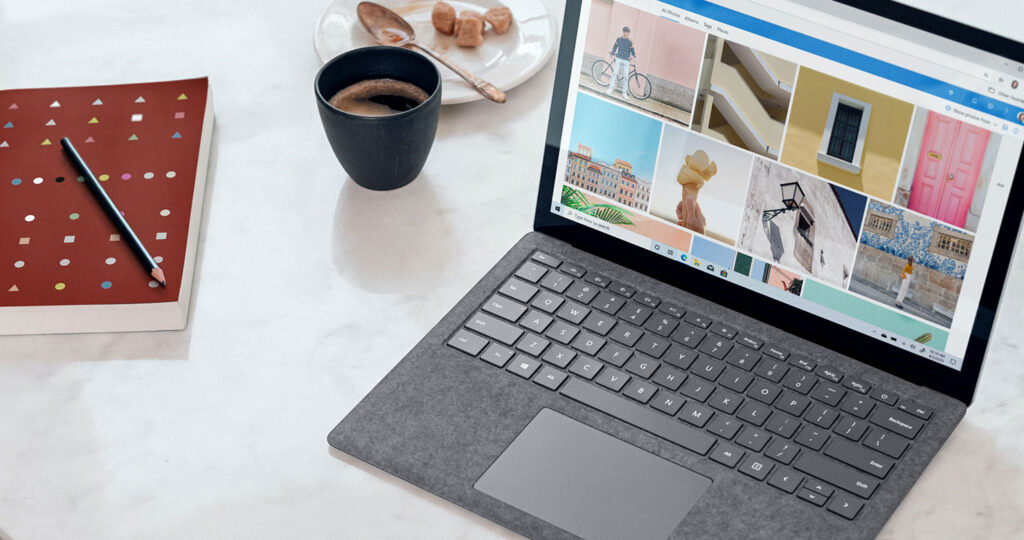Creating a UI (User Interface) kit is a meticulous process that involves a harmonious blend of design principles, user experience considerations, and technical expertise. Behind the scenes, a team of skilled professionals collaborates to craft a UI kit that not only reflects the brand identity but also ensures a seamless and intuitive user journey across various digital platforms.
The journey begins with comprehensive research and analysis. Designers immerse themselves in understanding the brand’s identity, target audience, and the overarching goals of the UI kit. This phase often involves market research, competitor analysis, and discussions with stakeholders to gather insights that will inform the design process. By delving into the brand’s ethos and user preferences, the team lays the foundation for a UI kit that resonates with the intended audience.
Once the research phase is complete, designers move on to the conceptualization stage. This involves sketching, wireframing, and prototyping to visualize the structure and layout of the UI elements. Iterative design processes refine these early concepts, with a focus on creating a cohesive and visually appealing design language. During this phase, decisions regarding color schemes, typography, and iconography are made to ensure consistency and alignment with the brand’s visual identity.
The design team collaborates closely with user experience (UX) experts to ensure that the UI kit not only looks aesthetically pleasing but also prioritizes user interactions. Usability testing and feedback loops become integral to refining the user interface, guaranteeing that the final product is intuitive and user-friendly. This collaborative effort between designers and UX specialists ensures that the UI kit serves its purpose effectively by enhancing the overall user experience.
Once the design is finalized, the UI kit moves into the development phase. Front-end developers take the visual elements created by the design team and translate them into functional code. This requires a deep understanding of web technologies, responsiveness, and accessibility standards. The development team works hand in hand with the design team to address any challenges that arise during the implementation, ensuring that the final product aligns seamlessly with the intended design vision.
As the UI kit nears completion, quality assurance (QA) professionals rigorously test each element across different devices and browsers. This meticulous testing phase aims to identify and rectify any inconsistencies, bugs, or usability issues that may have surfaced during development. The goal is to deliver a robust and reliable UI kit that performs optimally across diverse digital environments.
The final step involves documentation and distribution. Comprehensive documentation is created to guide developers and other stakeholders on how to effectively use the UI kit. This documentation includes guidelines on design principles, component usage, and coding standards. The UI kit is then distributed internally or externally, depending on the intended audience, empowering teams to create cohesive and visually consistent digital products.
In conclusion, the creation of a UI kit is a collaborative and multifaceted process that seamlessly integrates design, user experience, and development expertise. The behind-the-scenes journey involves meticulous research, iterative design, collaborative development, rigorous testing, and thorough documentation. The end result is not just a collection of visual elements but a versatile and cohesive UI kit that empowers designers and developers to create engaging and consistent digital experiences.









